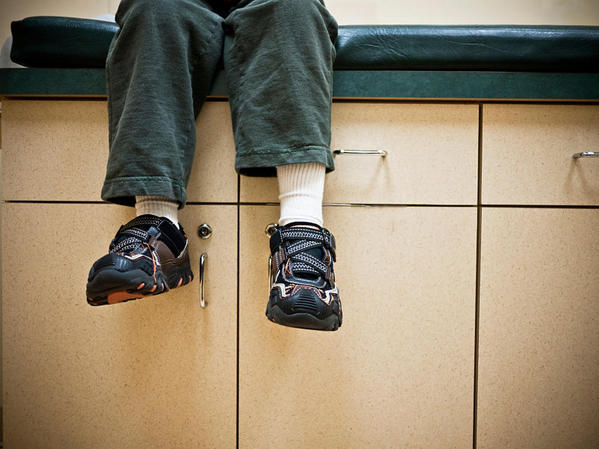An estimated 7.9 million kids in the U.S. live in "food-insecure" households. This means there's not always enough to eat at home.
But when these kids go to the doctor for a check-up, or a well-child visit, the signs of malnutrition are not always apparent. So pediatricians say it's time to start asking about it.
Kids and parents often shy away from talking about their struggles. "They're embarrassed, or they don't think the doctor will care," says pediatrician Sarah Jane Schwarzenberg of the University of Minnesota Masonic Children's Hospital.
To get families talking, the American Academy of Pediatrics is now recommending that pediatricians screen all children for food insecurity by asking questions like this:
Within the past 12 months, the food we bought didn't last, and we didn't have money to get more. Yes or No?
As we've reported, America's wealth gap manifests on our dinner plates. Families who rely on SNAP — the federal Supplemental Nutrition Assistance Program, also known as food stamps — tend to eat about the same number of calories as higher-income Americans. But when it comes to nutrient-dense foods, such as fruits and vegetables, SNAP recipients eat less.
[For more of this story, written by Allison Aubrey, go to http://www.npr.org/sections/th...ion-during-check-ups]





Comments (1)